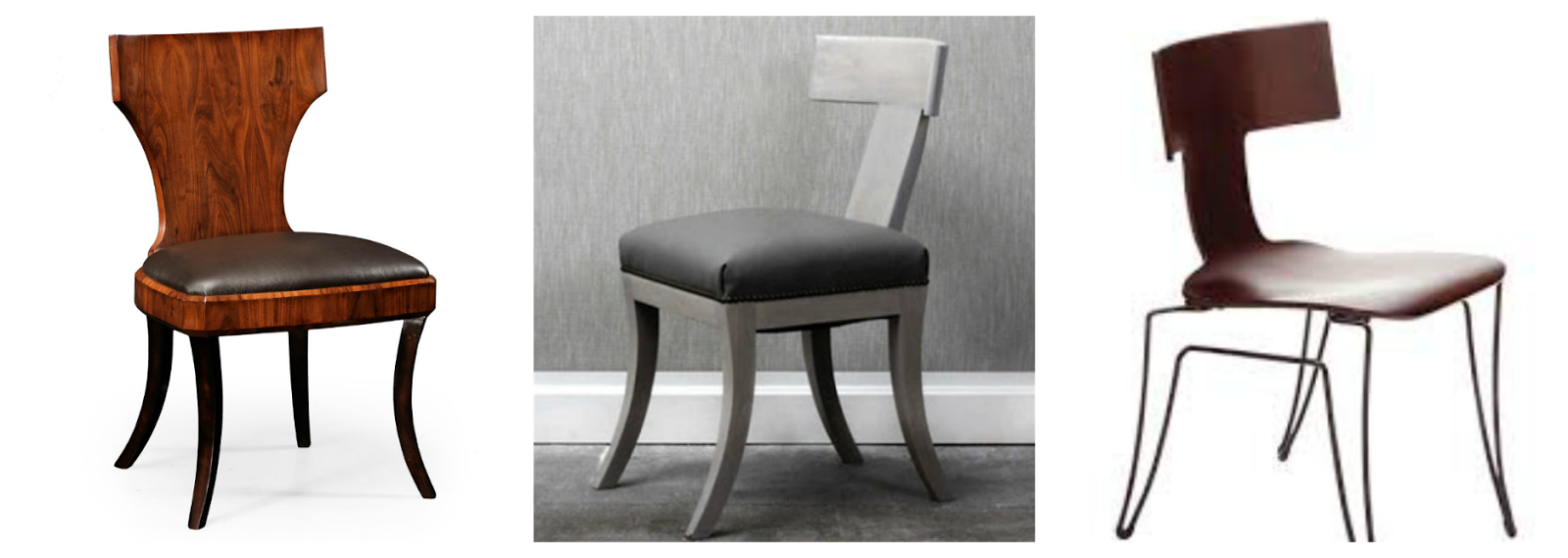Architecture
Roman architecture focused on the arch, rather than the column and post-and-lintel construction. They explored it further than any other civilization, creating the barrel vault and dome and building aqueducts and bridges. A new material made this all possible - concrete.
Interiors
The Roman house, like the Greek, was centered on a courtyard. Most houses also adopted the peristyle with columns that help up the roof. House exteriors did not have as much detail as the interiors. Apartment-like buildings became increasingly popular as the demand for housing was on the rise. Country villas became housing for the more wealthy. They were elaborate houses with platforms, terraces and galleries. In addition to the retail spaces centered in the city forum and urban markets, many residential areas offered spaces on the front perimeter of houses that could be rented out for business.
Paintings
There were four main Roman painting styles that could be found on the walls of important interiors. The first included mimics of other materials such as marble and stone. The second mimicked architectural construction. Differing from the first, the second style was enhanced with perspective and shading on columns and arches. The third had an increasing amount of pictorial sophistication. The frescoes showed images of architecture that could never be. It also often included landscapes. The fourth and final style was representational and commonly included large scenes and panoramic vistas. They were full of figures, often in movement.
Even though the general pieces of Greek and Roman furniture were similar, Roman furniture was more elaborate than Greek. The piece of furniture most associated with Rome is the couch. It was quite different than the modern day couch though. It had a horizontal surface with arms at one or both ends and was backless. The Roman cathedra chair was also popular. It was closely related to the Klismos chair in its form. The Romans also enjoyed the use of marble tables and benches.
Modern Day Examples
These modern day Roman inspired designs include elements such as the couch, arch, and material that are closely related to the ancient Roman times.
Helpful Videos
Virtual Roman Villa Tour | http://youtu.be/24opWnfv8e4
Roman Architecture Overview | http://youtu.be/B8IcwFwNLr8
Peer Reviews
Paige S. | I liked how Paige focused on the architecture of this time. The specific examples reinforced the points that she made about Roman architecture and really helped me understand it better.
Katie K. | The pictures that Katie posted of Roman furniture were very helpful in being able to visualize what the Romans were trying to portray. Along with the descriptions, the modern day application pictures that she showed were spot on with the Roman style.















